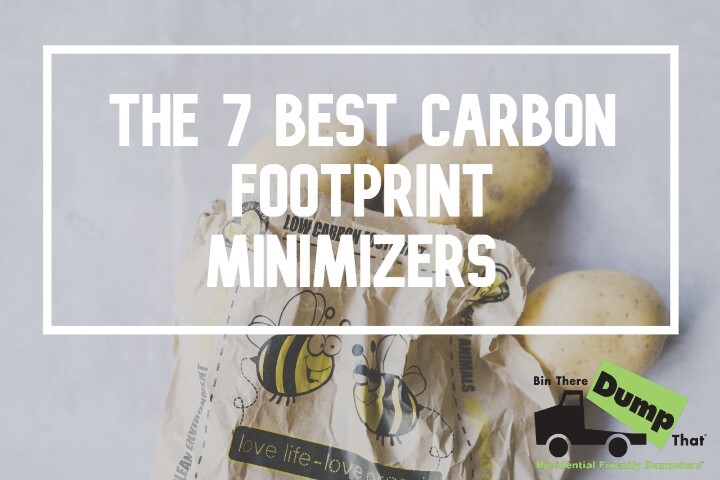
As consumers, we have a responsibility to be mindful of our carbon footprints. One of the ways we can do this is with food. In fact, the term “foodprint” has been doing the rounds recently, and it means exactly what it sounds like—the mark we make on the environment with our eating habits.
According to Brighter Planet, food represents 21% of the average American’s total annual carbon footprint of around 28.6 tons of carbon dioxide. Each person’s individual footprint depends on what kinds of foods they eat, how much of each they eat, how and where the food is produced and prepared, and what’s done with the leftovers. Here are 7 of the simplest ways to lower your carbon foodprint.
Countless studies have proven that carbon emissions from producing meat products and dairy are significantly higher than those produced by plant-based foods. You can replace animal products removed from your diet with healthier, fiber-packed plant-based alternatives.
There is a wide range of plant-based alternatives available for milk, cheese, butter, meat, and many other beloved animal products. These products almost always carry dramatically lower carbon footprints, and they contain less saturated fat than their animal-derived counterparts.
Unprocessed foods are better for your health and for the environment. As they are not heavily processed, their carbon footprints are minimal, especially if they are locally sourced. It’s also advisable to look for food with little to no plastic packaging whenever you can.
Single-use plastic is a significant contributor to greenhouse gas emissions and contributes to our growing ocean and environmental pollution issues. Try buying food wrapped in paper or biodegradable wrapping, or taking your own grocery and produce bags to the store. If you purchase processed foods, ensure that they’re packaged in glass or aluminum as far as possible.

Planting a garden in an urban area can help to offset urban heat island effects and provide valuable habitats for native animals, birds and insects. There are many other benefits to planting your own garden, too. Plants absorb carbon dioxide, a key factor in global warming, and if you plant a vegetable and herb garden, they can feed you and your family as well. They act as a food source for essential pollinators like bees, whom we rely on for food security.
Cooking at home is a great way to garner awareness of your eating habits and to control exactly which ingredients go into your meals. It reduces the emissions produced by traveling to pick up takeout meals or having them delivered to your door. Not only does cooking at home contribute to saving the planet, it also potentially saves you money too. You won’t spend as much on gas, and takeout can be expensive!
Food waste is a huge problem in the developed world. It’s estimated that a massive 25% of all food produced globally is wasted. This equates to 6% of global greenhouse gas emissions and even more when considering the aviation shipping emissions involved.
The bulk of this food waste comes straight from people’s tables, refrigerators and homes. One of the easiest ways we can reduce our carbon foodprints is to minimize our food waste and eat our leftovers. Plan your meals so that you don’t buy more food than you need. Store it carefully, and try to use produce that is past its sell-by date but still looks good to eat.
Landfills are a massive greenhouse gas emitter. You can divert your food scraps away from methane-producing landfills and live a more eco-friendly life by composting food scraps, minimizing your food wastage, and up-cycling, reusing and recycling used items made of plastic, paper, glass and metal. Glass jars, for example, make excellent vessels for home fermentation. Bear in mind that only a fraction of recyclable food packaging items are actually recycled, so it won’t make much of a difference to recycle waste alone.

Imported products, food items and produce all carry hefty carbon footprints due to the extensive shipping procedures they undergo. Shopping local is an essential action in the fight against climate change. It keeps supply chains shorter and supports small businesses and regional economies.
You may want to consider choosing organic produce that’s grown without the use of toxic pesticides, herbicides, and fertilizers. Seek out farms and businesses with green and sustainable practices and you’ll be more likely to eat better and enjoy improved health too.
There are so many small changes we can all make to lower our carbon footprints. Many of them require minimal effort, and instead of being expensive, could prove to be even more cost-effective than our current approaches.
The future is in your hands. Make it a green one!
Friendly, professional customer service, plus fair pricing, equals value.